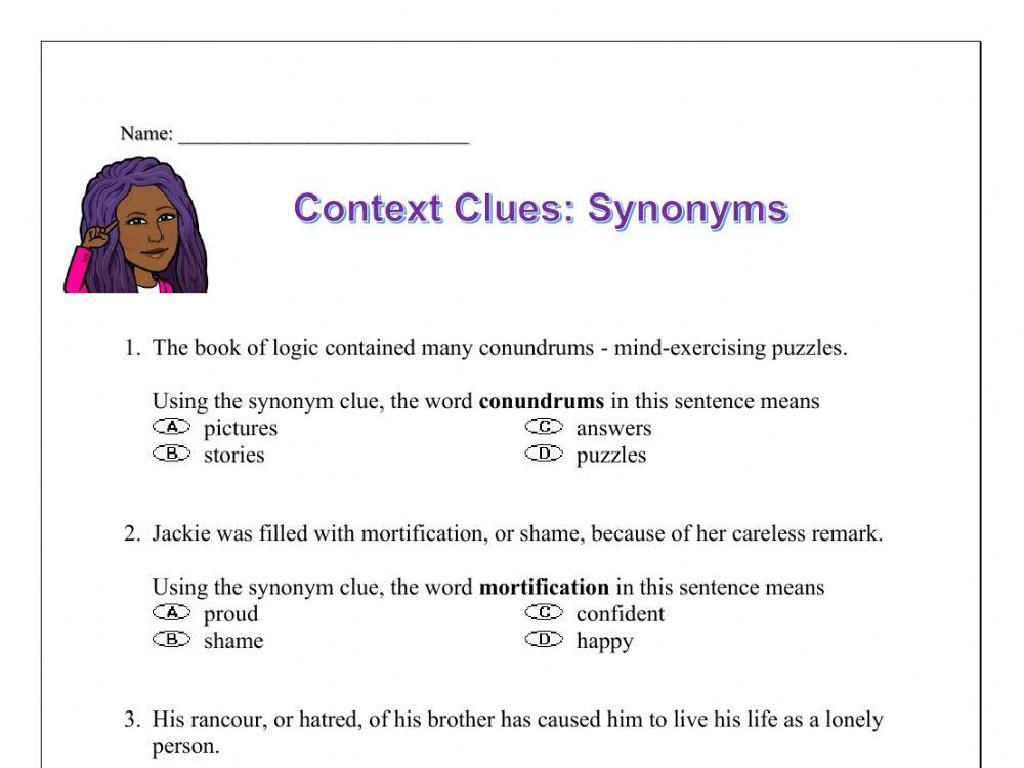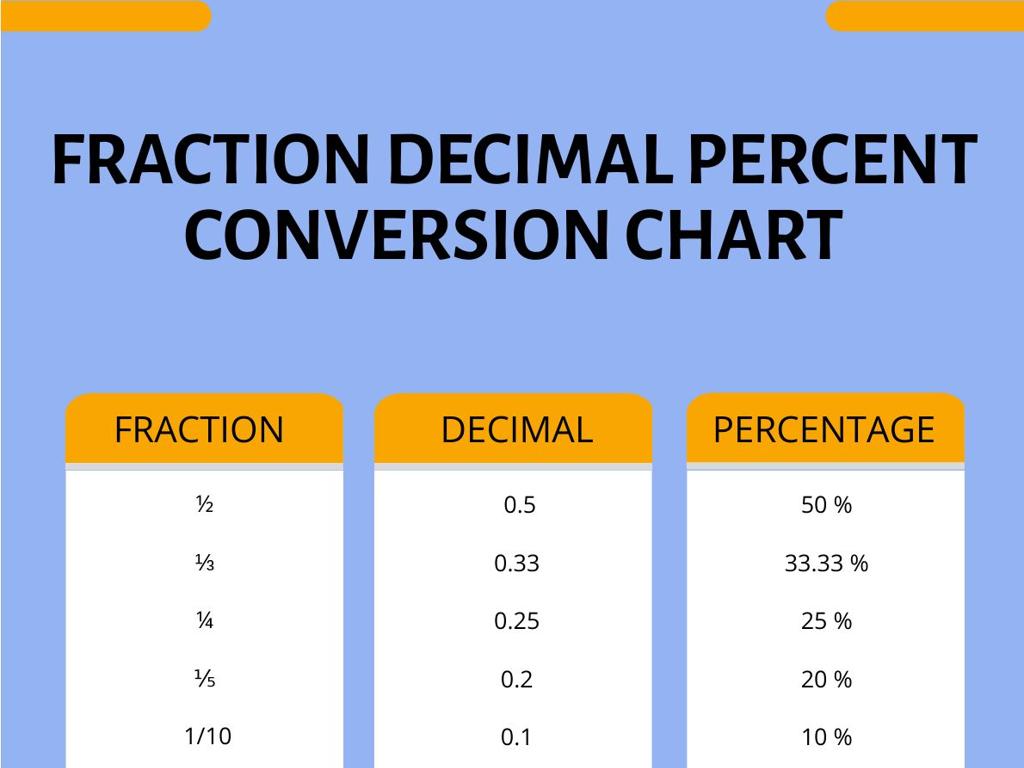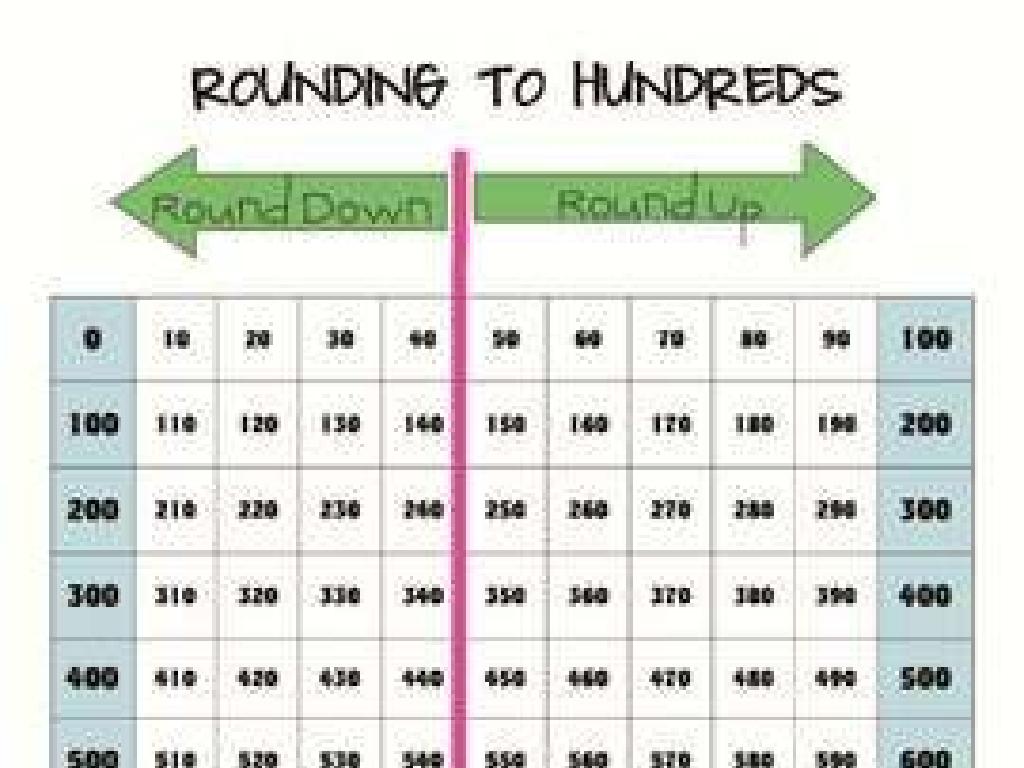Ap Macroeconomics Standards Mappings
Subject: Economics
Grade: High school
Topic: Ap College Macroeconomics
Please LOG IN to download the presentation. Access is available to registered users only.
View More Content
Introduction to AP Macroeconomics
– Grasp Macroeconomics fundamentals
– Study of economy-wide phenomena, including inflation, unemployment, and economic growth.
– AP Macroeconomics Standards overview
– Outline of key concepts, skills, and topics covered in the AP curriculum.
– Macroeconomics’ role in global comprehension
– Understanding economic policies and their impact on countries and global relations.
– Preparing for AP Macroeconomics success
|
This slide introduces students to the field of Macroeconomics, which is crucial for analyzing and understanding the broader economic factors that affect nations and the global economy. The AP Macroeconomics Standards provide a structured framework for students to explore these concepts in depth. Emphasize the importance of Macroeconomics in interpreting current events, policy decisions, and their implications on the world stage. This foundational knowledge is not only key for academic success in AP Macroeconomics but also for becoming informed citizens and future decision-makers. Encourage students to think critically about how macroeconomic principles apply to real-world scenarios and to stay engaged with economic news and discussions.
Economic Indicators and Measurements
– Understanding GDP and its components
– GDP measures a country’s economic output, including consumption, investment, government spending, and net exports.
– Unemployment rate and its classifications
– Types include cyclical, frictional, and structural unemployment, reflecting different causes and durations.
– Inflation and the role of CPI
– CPI tracks changes in the price level of a market basket of consumer goods and services.
– Interpreting economic health through indicators
|
This slide provides an overview of key economic indicators that are essential for understanding a country’s economic performance. GDP is the total value of goods and services produced and is a primary measure of economic health. Break down its components for students and explain how each contributes to the overall economy. Discuss the unemployment rate, ensuring to differentiate between its types and what they signify about the labor market. Inflation is another critical concept, with the CPI being a practical tool to measure the average change over time in the prices paid by consumers. Use real-world examples to help students grasp how these indicators are used to interpret the economic conditions and inform policy decisions.
National Income & Price Determination
– Aggregate demand & supply model
– Visual model showing the total demand and supply in the economy
– Short run & long run equilibrium
– Equilibrium where AD intersects AS in short run vs. long run
– Shifts in aggregate supply & demand
– Factors causing AD/AS curves to change position
– Effects of shifts on the economy
– How these shifts impact overall economic indicators like GDP, inflation, and unemployment
|
This slide introduces the core concepts of national income and price determination within the framework of AP Macroeconomics. The aggregate demand and supply model is a fundamental tool for understanding the behavior of the economy at a macro level. Students should grasp the difference between short run and long run equilibria, recognizing that in the short run, prices are sticky, while in the long run, they are flexible. Shifts in aggregate supply and demand can be caused by various factors such as changes in fiscal and monetary policy, international trade, and levels of consumption and investment. The effects of these shifts are crucial for understanding how policy decisions and external events can influence key economic outcomes. Encourage students to think critically about current events and how they may cause shifts in aggregate supply and demand.
Financial Sector: Understanding Money
– Money’s role in the economy
– Medium of exchange, store of value, unit of account
– How banks create money
– Banks lend more than they hold in reserves, multiplying the money supply
– Monetary policy’s role
– Central bank actions to manage economic growth and inflation
– Impact on national economies
– Influences GDP, inflation rates, and unemployment levels
|
This slide aims to provide students with a clear understanding of the financial sector’s role in macroeconomics. Begin by discussing the functions of money in the economy, emphasizing its importance as a medium of exchange, a store of value, and a unit of account. Then, explain the process of money creation within the banking system, highlighting the concept of fractional-reserve banking and how it contributes to expanding the money supply. Next, delve into monetary policy, explaining how central banks like the Federal Reserve use tools such as interest rates and reserve requirements to influence economic activity. Lastly, discuss the impact of monetary policy on national economies, including its effects on GDP, inflation rates, and unemployment levels. Provide real-world examples to illustrate these concepts, such as the Federal Reserve’s response to economic crises.
Stabilization Policies in Macroeconomics
– Fiscal policy for economic stability
– Government adjusts spending levels and tax rates to monitor and influence a nation’s economy
– Monetary policy and the Federal Reserve
– Central bank manages the money supply and interest rates
– Inflation vs. unemployment trade-offs
– Lower unemployment can lead to higher inflation, and vice versa
– Balancing economic growth and stability
|
This slide introduces students to the concept of stabilization policies within macroeconomics, focusing on how governments and central banks intervene in the economy. Fiscal policy involves adjustments in government spending and taxation to influence economic activity. Monetary policy, managed by the Federal Reserve in the U.S., involves regulating the money supply and interest rates to control inflation and ensure liquidity. The trade-off between inflation and unemployment is explained by the Phillips Curve, which shows that these two factors are typically inversely related. Understanding these concepts is crucial for students to grasp how economic policies are crafted and the implications they have on the overall economy. Encourage students to consider current economic conditions and how these policies might be applied today.
Economic Growth and Productivity
– Factors driving economic growth
– Technological advancements, policy decisions, and resource availability.
– Role of productivity in the economy
– Productivity increases the value each worker adds to the economy.
– Human capital investment
– Education and training enhance workers’ skills and efficiency.
– Physical capital investment
– Machinery and infrastructure improvements boost production capacity.
|
This slide aims to explain the key components that contribute to economic growth and the pivotal role of productivity. Economic growth is influenced by various factors including technological progress, government policies, and the availability of resources. Productivity, which is the efficiency of production, is crucial as it determines the standard of living in an economy. Investments in human capital, such as education and health, improve the workforce’s productivity, while investments in physical capital, like factories and machinery, expand the economy’s productive capacity. Discuss the long-term impact of these investments on a country’s economic health and growth trajectory.
Open Economy: International Trade and Finance
– Understanding balance of payments
– A country’s balance of payments records all transactions with other countries.
– Exchange rates impact on trade
– How currency valuation affects the cost of imports and exports.
– Analyzing trade policies
– The role of tariffs, quotas, and subsidies in international trade.
– Economic implications of policies
– How trade policies can affect domestic economies and global relations.
|
This slide aims to provide students with an understanding of the key components of an open economy within the context of international trade and finance. The balance of payments is a comprehensive record of a nation’s financial transactions with the rest of the world, including exports, imports, and capital flows. Exchange rates play a crucial role in determining the competitiveness of a country’s goods and services abroad. Students should explore how changes in currency values can lead to shifts in trade patterns. Trade policies such as tariffs, quotas, and subsidies are tools used by governments to control the flow of goods across borders, and they have significant economic implications, including potential trade wars or shifts in production and employment within an economy. Encourage students to think critically about the balance between protecting domestic industries and promoting free trade.
AP Macroeconomics Exam Preparation
– Understand the exam structure
– The exam includes multiple-choice and free-response sections.
– Develop effective study strategies
– Tailor study habits to improve retention and understanding.
– Practice with previous exams
– Familiarize with question formats and time management.
– Utilize resources for preparation
– Use textbooks, online courses, and study groups.
|
This slide aims to equip students with essential tips for tackling the AP Macroeconomics exam. Start by breaking down the structure of the exam, including the types of questions and the time allotted for each section. Emphasize the importance of effective study strategies such as spaced repetition, active recall, and applying economic concepts to real-world scenarios. Encourage regular practice with past exam questions to get comfortable with the format and to identify areas needing improvement. Lastly, remind students to take advantage of all available resources, including textbooks, online courses, and study groups, to reinforce their learning and to address any gaps in their knowledge. The goal is to build confidence and ensure a thorough understanding of macroeconomic principles.
Class Activity: Economic Debate
– Divide into groups for debate
– Represent various economic views
– Each group could represent Keynesian, Classical, Monetarist, or other economic theories
– Prepare and present arguments
– Research the issue, formulate arguments, and plan your presentation
– Engage in class discussion
– Listen to others, question, and critique different economic perspectives
|
This activity is designed to deepen students’ understanding of different economic theories and policies by actively engaging them in a debate on a current economic issue. By representing different perspectives, students will explore the complexity of economic policy-making. Teachers should ensure that each group understands the theory or policy they represent and guide them in preparing strong arguments. During the presentation, encourage respectful discourse and critical thinking. Possible debate topics include fiscal policy, monetary policy, trade agreements, or government intervention in the economy. This activity will help students articulate and defend their viewpoints while considering and responding to opposing arguments.






